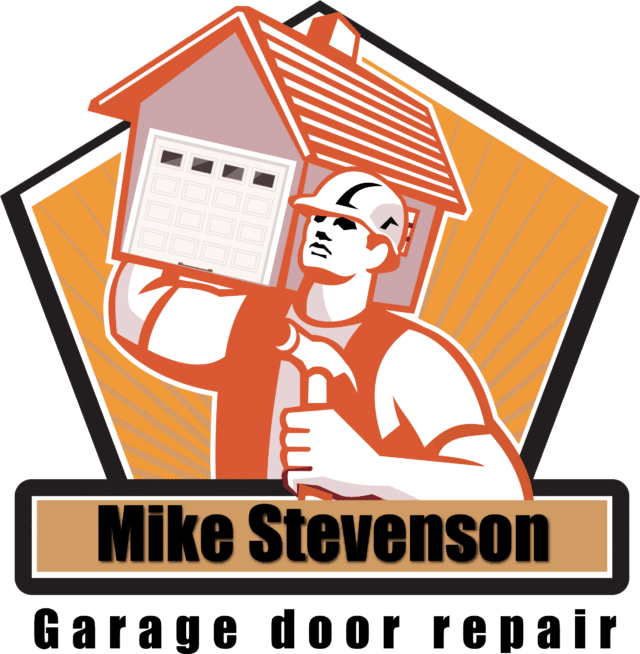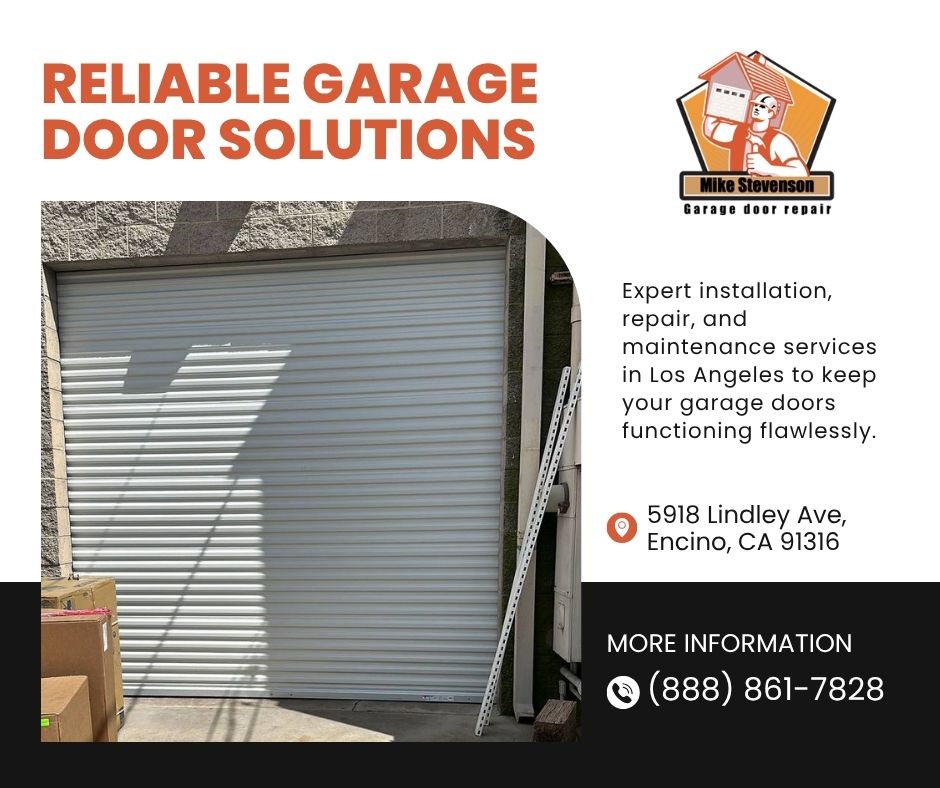Choosing the right garage door and installing it properly are key steps in ensuring long-term durability, performance, and safety. Whether you’re replacing an old door or setting up a new one, understanding the differences between sectional and roll-up doors can help you make the best choice for your home or business. A smooth garage door installation process depends on correct measurements, proper tools, and knowledge of how each door system functions.
Understanding Sectional and Roll-Up Doors
Sectional garage doors are made up of horizontal panels connected by hinges, which allow the door to bend as it opens vertically and curves along the ceiling tracks. These doors are popular in residential settings due to their insulation options, security, and wide range of designs.
Roll-up garage doors, on the other hand, are typically found in commercial or industrial environments. They consist of narrow slats that roll into a compact coil above the opening. These doors are ideal for spaces where overhead room is limited and require minimal maintenance thanks to their durable design.
Both styles offer benefits, but the installation process varies depending on the structure of the garage and the type of door selected.
Key Steps in the Installation Process
The first step in any successful garage door installation is taking accurate measurements of the opening—height, width, side clearance, and headroom. This ensures the door and track system will fit properly.
For sectional doors, installation involves attaching brackets and tracks, assembling the door panels, installing rollers and hinges, and positioning the torsion spring or extension spring system. Due to the spring tension involved, it’s important to handle this step with caution or consult a professional.
Roll-up doors require mounting the barrel assembly, securing the guide tracks, and testing the roll mechanism for smooth operation. These doors often come pre-assembled in a roll format, making them quicker to install but requiring precise alignment.
When to Call a Professional
While some experienced DIYers may attempt to install a garage door themselves, hiring a professional ensures safety and accuracy—especially when dealing with spring tension and heavy panels. A licensed technician can also offer expert advice on which door type suits your needs and make sure it complies with local codes and safety standards.
A proper garage door installation not only improves the appearance and function of your property but also enhances security and energy efficiency. Taking the time to install it correctly—or trusting the job to an expert—can save you time, money, and hassle in the long run.

